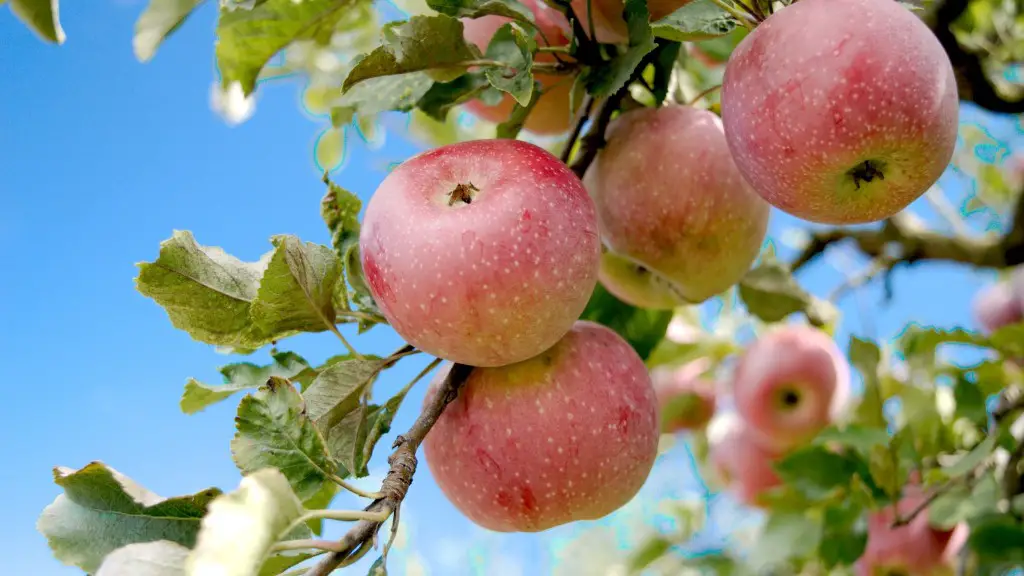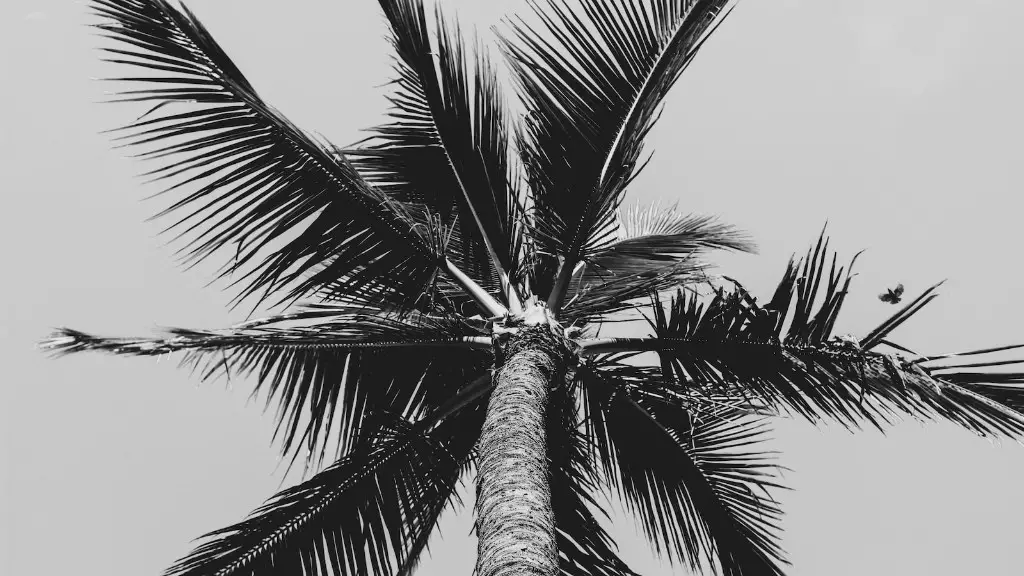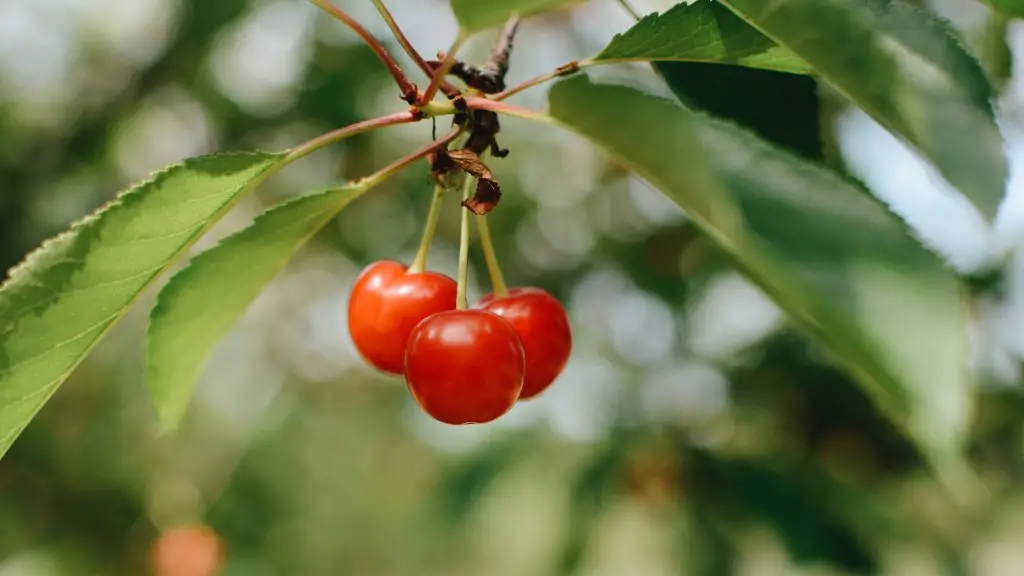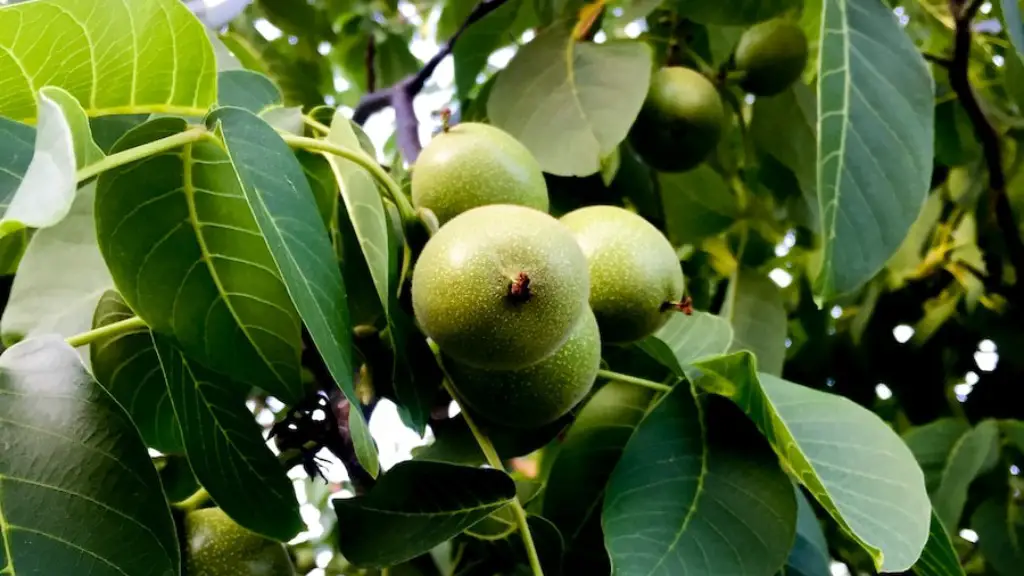A palm tree is a symbol of tropical countries and is a popular indoor plant. However, sometimes indoor palm trees may turn brown due to lack of light, pests, or diseases. If your indoor palm tree is turning brown, it is important to understand the possible causes so that you can take steps to save the plant.
The most common reason for an indoor palm tree turning brown is lack of water. When the soil is dry, the leaves will begin to turn brown and wilt. This is a sign that the plant is stressed and needs to be watered. Other reasons for an indoor palm tree turning brown can include too much direct sunlight, pests, or disease.
How do you fix a browning palm tree?
Watering your palm once every 7-10 days is ideal. However, always check the soil before watering to make sure it needs it. Watering thoroughly and discarding any excess water from the saucer is important to avoid damaging the palm.
If you notice that your tree’s leaves are starting to turn brown at the tips, it’s important to take a closer look to determine the cause. Sometimes, leaves can turn brown due to stress factors such as too much sun, too little water, or nutrient deficiencies. If the leaves are only brown at the tips, your tree may be able to recover with proper care. However, if the leaves are fully brown, dead, or dying, it’s okay to trim them off. Just be careful not to over-stress the tree by trimming too many leaves at once.
Why are my indoor palm plant leaves turning brown
If you notice your indoor palm’s leaves browning, it could be due to a sensitivity to chemicals in the tap water. Allow tap water to sit for 24 hours before watering your palm to help mitigate this issue. Browning of leaves can also be caused by underwatering (which can be caused by the roots being pot bound), overwatering, root rot, and fertilizer buildup. If you’re unsure of the cause, it’s best to consult with a plant specialist.
If you notice that your plant’s roots are beginning to decay, it’s important to take action immediately. Cut away any decaying roots and replace their soil with fresh mix. Trim some foliage to let the plant use its energy to heal. Let the soil dry out before watering again. Proceed carefully, as overwatering can further damage the roots.
What does an overwatered palm look like?
If you see any of these signs in your palm tree, it is likely that it is being overwatered. Overwatering can lead to a number of problems for palm trees, including root rot, mold growth, and leaf yellowing. If you think your palm tree may be overwatered, take a look at the soil to see if it is wet or soggy. If it is, you will need to reduce the amount of water you are giving the tree.
A new indoor Palm Tree should be watered every day in its first week. Next, move to every other day in its second week. Then settle for 3 times a week on the third. Once your indoor Palm Tree is completely settled, water it 2-3 times per week, or when the top 1-2 inches of the soil is completely dry.
What does a sick palm tree look like?
If you notice the top center stalks of your palm tree turning brown and/or shriveling, this is a sign that your tree is not healthy. Browning and shriveling of the center stalk is usually the first sign of illness in a palm tree, so it’s important to keep an eye on this area for any changes. If you see these signs, you should consult with a tree specialist to diagnose the exact problem and determine the best course of treatment.
If you want to bring some of the outdoors inside, a palm is a great way to do it. Most palms will do well indoors if you provide them with bright, indirect light and keep the soil in their containers moist most of the time. Ensure there is some humidity in the air, and keep the palm away from cold drafts and blasts of dry, conditioned air.
How do I know if my palm plant is dying
If you see that your palm tree is wilting, discolored, or stunted, these are signs that it is dying or already dead. In some cases, the damage can be stopped and reversed to save the palm, so don’t panic. Watch for these signs and take action accordingly to try to save your palm tree.
While your palm is growing in spring and summer, water often and less in autumn and winter.When the weather is dry and hot, mist spray the foliage several times a day. This will keep it cool and also help deter pests.
Do palms like full sun?
Palms are a type of plant that come in a wide range of varieties. Some palms thrive in full, direct sun, while others need shady garden spots for beauty and health. Too much harsh sun can leave palm fronds sunburned, much like human skin, but fronds typically don’t recover. As a group, palms adapt well to a wide range of soils as long as the soil drains well.
Pruning palm trees is easy to do. Start by removing dead fronds and old fruit stems. Once the old fronds turn completely brown, you can prune them from the palm. Be sure to wait until there is no green left on the frond to avoid damaging the tree.
How long can an indoor palm tree go without water
It is important to know that most palm trees can go without water for at least two weeks. This can vary depending on the type of tree. Your palm tree can also last longer without water if you’ve used some advanced system like capillary matting or a bunch of wicks. For best results, you can keep your indoor palm in a terrarium.
Palms prefer moist soil, so you will need to water them several times a week. When you are first planting a palm in your garden, water it every day for the first week. The second week, water every other day. After that, plan to water two or three times a week.
How do you tell if Underwatering vs overwatering?
If you see browning leaves on your plant, you can determine if it is underwatered or overwatered by feeling the leaf. If the leaf feels crispy and light, it is underwatered. If the leaf feels soft and limp, it is overwatered.
If you’re a palm tree lover, it’s important to make sure you’re not overwatering your palms. One way to avoid this is to get a soil wetness meter to check for soil dampness. You can also stick your finger into the soil and if the first 2 inches are dry, it is typically ok to water.
Final Words
The most common reason for an indoor palm tree to turn brown is because it is not getting enough water. Other possible causes could include too much sun, too much fertilizer, or pests.
The most likely reason why your indoor palm tree is turning brown is due to a lack of light. Palms need a lot of light to stay healthy, so if yours is not getting enough, it will start to turn brown. Another possibility is that you are overwatering it, which can also lead to brown leaves. To fix the problem, you will need to give your palm tree more light and/or adjust your watering schedule.





